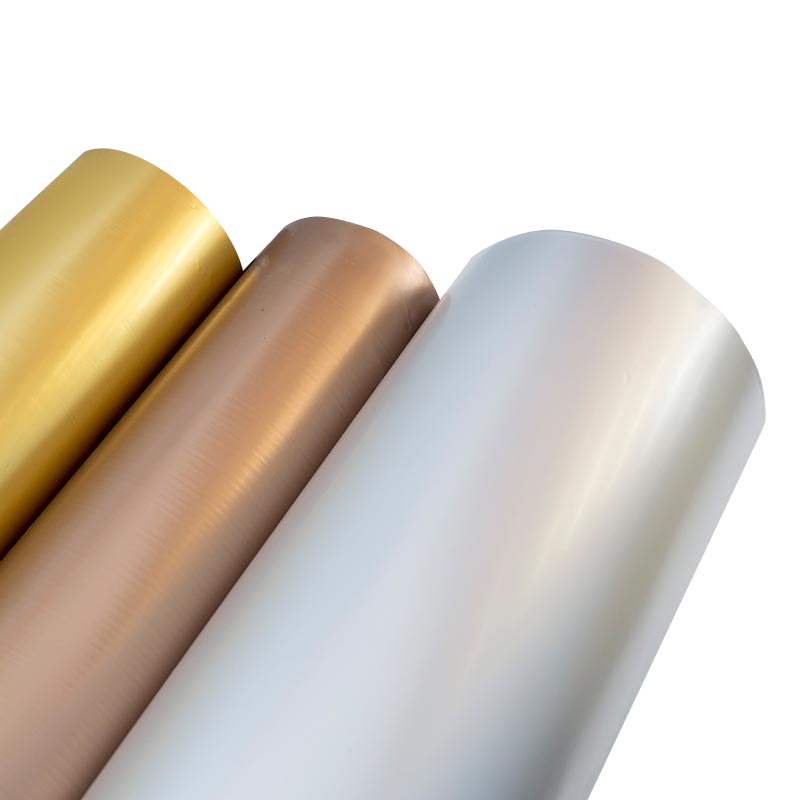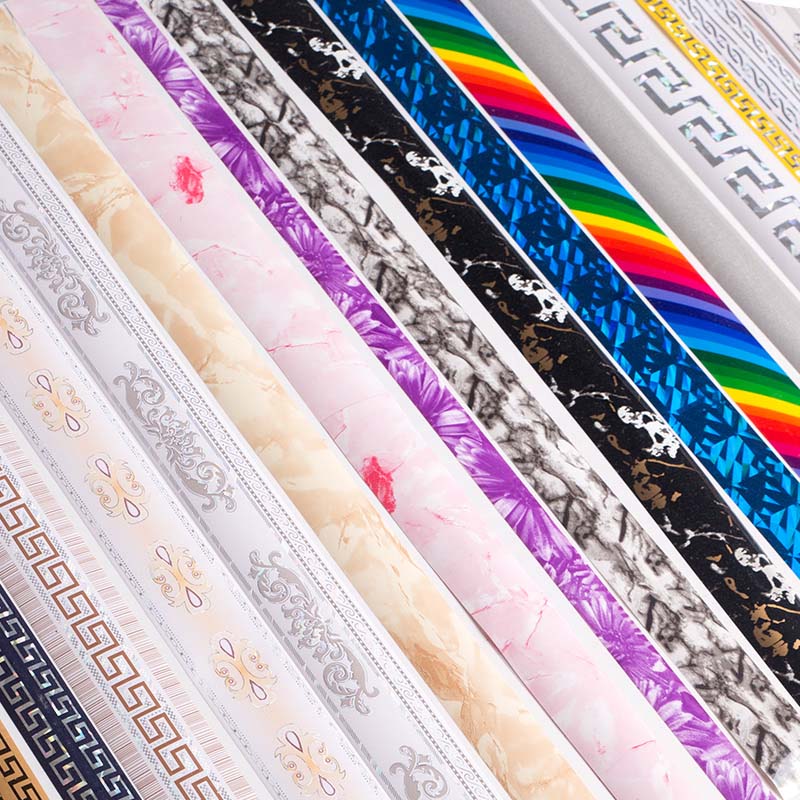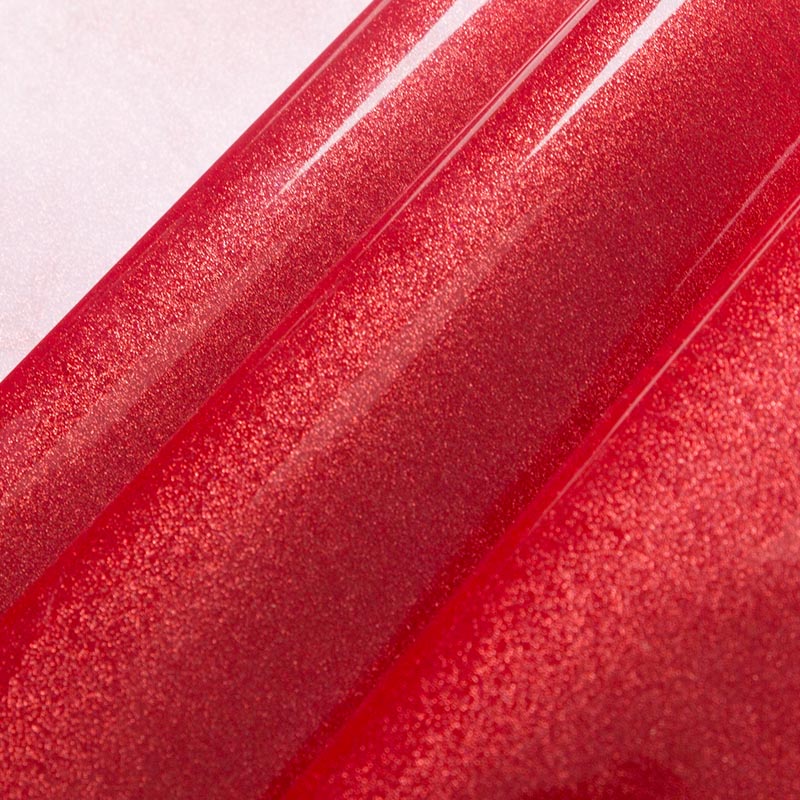Heat transfer films are materials designed to facilitate the transfer of heat from a heat source to a target surface, typically for the purpose of printing, labeling, or creating decorative graphics. The primary mechanism involved in heat transfer films is conduction, although there may be secondary effects related to convection and radiation, depending on the specific application. Here's how these mechanisms work:
Conduction:
Principle: Conduction is the primary mechanism through which heat transfer films facilitate the transfer of heat. It involves the direct transfer of thermal energy from a region of higher temperature to a region of lower temperature through direct contact.
Process: In heat transfer films, a heat source (e.g., a thermal printhead) generates localized heat at specific points on the film. The heat is conducted through the film's structure, including any ink layers or coatings, to the target surface in direct contact with the film.
Role of Film Materials: The materials used in heat transfer films are chosen for their ability to efficiently conduct heat. The base film and any ink layers or coatings must have good thermal conductivity to ensure that heat is effectively transferred to the target surface.
Convection (Secondary Effect):
Principle: Convection involves the transfer of heat through the movement of fluids (liquids or gases). While conduction is the primary mechanism in heat transfer films, some applications may involve a secondary convection effect.
Process: In certain situations, the heat generated by the film can induce air currents or fluid movement in the surrounding environment. This movement may contribute to the overall heat transfer process, but its impact is typically minor compared to conduction.
Examples: For instance, in industrial heat transfer processes, such as heat sealing or packaging applications, convection currents in the surrounding air may help dissipate heat, but conduction through the film remains the dominant mechanism.
Radiation (Negligible Effect):

Principle: Radiation is the transfer of heat through electromagnetic waves. In the context of heat transfer films, radiation is typically a negligible factor.
Process: While all objects emit thermal radiation, the intensity of radiation is generally low for materials at room temperature. The heat transfer films used in practical applications do not rely on radiation as a primary mechanism for heat transfer.
Example: In thermal transfer printing with heat transfer films, the heat generated by the printhead and conducted through the film is significantly more effective in transferring heat to the target surface than radiation.
In summary, heat transfer films primarily rely on the conduction of heat through the film materials to achieve controlled and precise heat transfer. Convection and radiation, if present, have minor roles and are typically secondary effects that do not significantly contribute to the overall heat transfer process in most practical applications. The efficiency of heat transfer films is determined by the materials used, the heat source, and the controlled application of heat.

 English
English





 WeChat
WeChat WhatsApp
WhatsApp